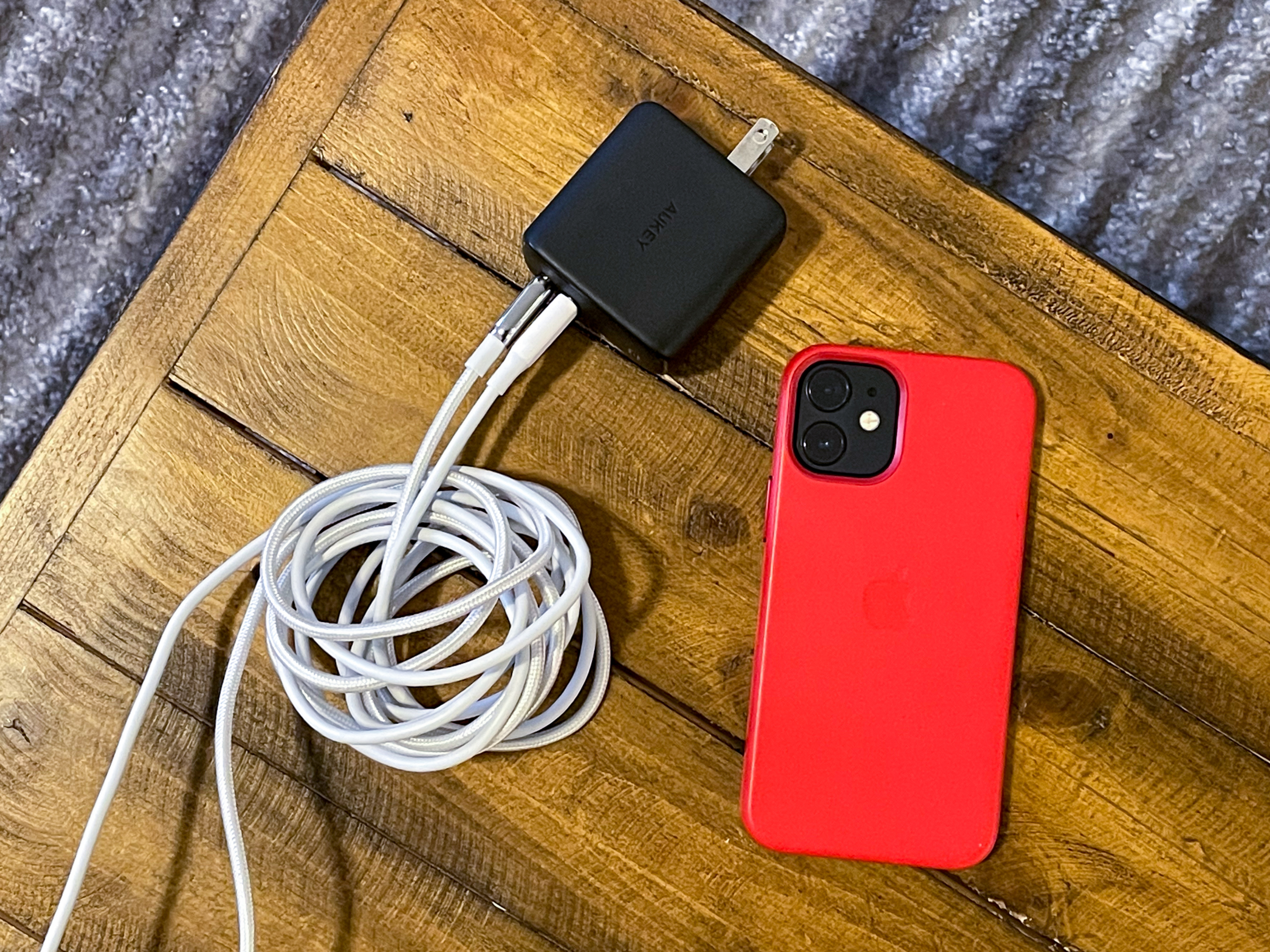We’ve all been there — you’re about to leave the house and your phone is seriously running out of battery. You’ll probably just plug your phone in and get as much juice as you possibly can in a small amount of time. Fast charging makes that a simple task, if your phone’s battery is really low — but when your iPhone already has a decent charge, you’ll find it charges pretty slowly no matter what you plug it into.
There’s a way, however, to get your iPhone to 100% that extra bit faster — and it’s hidden in your Settings app.

To charge your phone to 100% quicker, open up the Settings app, head to the Battery Health section, then toggle off the Optimized Battery Charging switch. That seems counterintuitive, but it really works — here’s why.
Best fast chargers for iPhone and Android
Turns out, it’s actually not all that healthy for your phone’s battery to continuously charge straight to 100%, and sit at 100%, all of the time. According to Apple, batteries can age more or less depending on factors like charging patterns and temperature — and the more they age, the less charge they can actually hold. Leaving your phone at 100% on a charger for hours and hours on end accelerates that degradation. In other words, the real-world effects of quickly charging your battery and leaving it at 100% over and over again are actually tangible. Even if that impact won’t be felt for a year or two into the phone’s life.
Use this feature sparingly — but when you need it, it’s wonderful to have the option.
Battery charging optimization was first released as a feature in iOS 13, as part of Apple’s multipronged effort to be more transparent about iPhone batteries. In 2018, Apple faced criticism after it was discovered to be throttling iPhone performance to prevent iPhones with older batteries from shutting off unexpectedly. At the time, Apple explained that older batteries couldn’t sustain peak processor performance the same way that newer batteries could. It then implemented ways to turn off this throttling in case users wanted to weigh their own risks. We don’t recommend turning off this setting permanently — Apple made a good choice having it on by default.
Still, the feature is a smart one. It uses on-device artificial intelligence to learn your routines and fully charge your battery in the time leading up to when you typically take it off the charger. At times, such as if you wake up early, you may take your phone off the charger and wonder why it’s not fully charged — and this feature is why. The feature also automatically turns off when, for example, you’re traveling — since it’s harder to predict when you’ll stop charging your phone and need to use it.
You don’t necessarily have to worry about seriously damaging your battery by turning the feature off — especially if you use it sparingly. In a nice bit of foresight, the feature automatically switches back on the next day by default, so if you need to use it again, you’ll need to head back into your phone’s settings.
Editors' Recommendations
- This one Apple Fitness feature completely changed how I exercise
- An Apple insider just revealed how iOS 18’s AI features will work
- iPhone 16: news, rumored price, release date, and more
- iPhone SE 4: news, rumored price, release date, and more
- 3 reasons why I’ll actually use Anker’s new iPhone power bank


